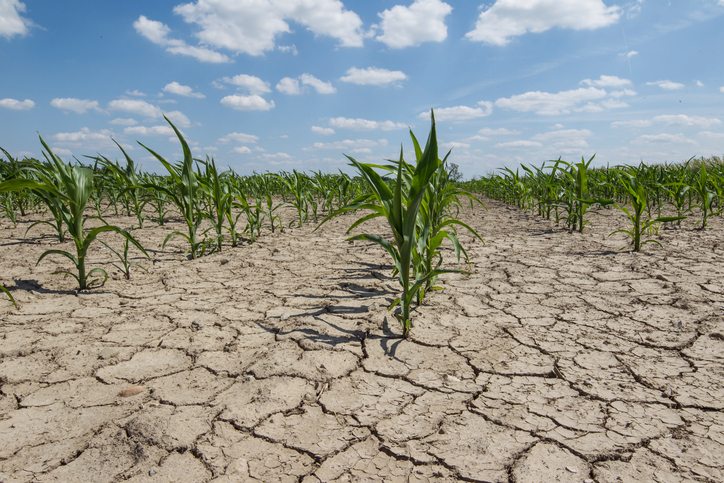
Over the past ten years, the effect of drought on agriculture on the west coast has seen major shifts. Since 2012, California has battled abnormally low rainfall, high temperatures, and radiating sun which has sapped the ground of all surface moisture. Approximately 50% of the state is experiencing some form of drought, with a large portion facing moderate, severe, and extreme drought. States like Arizona and New Mexico are also experiencing extended periods of drought.
Effect of the Drought on the Agriculture Industry
The west coast drought has raged on for six long years. During that time California’s agriculture sector has experienced major surface water obstacles, including reservoirs that in many cases have been completely drained. As one of the most productive agricultural industries in the world, California produces and exports more than 400 different types of farm products. While the drought has forced a decline in acreage that is harvested, especially where it concerns fallow crops such as beets, cotton, and alfalfa, surprisingly it did not negatively affect crop size.
Supply of crops, such as grass and alfalfa hays, actually increased during the drought, causing a surplus that resulted in lower demand. From 2015 to 2016 hay prices were very low, with lower quality hays selling for $80 to $100 less per ton than high-quality hays. With hay prices being closely linked to the dairy industry and dairy prices currently lower than normal, it’s easy to see the circular effect of the drought on agriculture.
Livestock, Dairy, and Poultry Feel the Effects
Livestock, dairy, and poultry comprise approximately one-quarter of California’s entire agricultural output. Even though they are the largest producer of dairy products in the nation, California dairy producers have received lower prices for their dairy export since 2014. Prices dropped by 30% in 2015 alone.
Dropping prices are an indirect result of the drought. The good news for California producers is that dairy prices should begin climbing again with the drop of hay and alfalfa prices over the last year and a half. Cheaper hay means more livestock feed and healthy production levels.
Conservation Efforts
In 2015, the livestock industry began to feel the effects of the drought with new water restrictions being placed on farmers across the state. Restrictions weren’t specific to the livestock industry and included several measures to protect water consumption throughout various industries and sectors, including:
- Reductions in the amount of water used by campuses, golf courses, cemeteries, and residential developments
The agriculture industry accounts for 80% of total water consumption in the state. This means farmers feel the consequences of water conservation more than any other industry. Furthermore, the agriculture industry relies heavily on irrigation that in turn relies on State and Federal water projects that transport water hundreds of miles. When one part of the chain is affected the entire industry feels the effects.
Impact of the Drought
The impact of California’s drought on the agriculture industry is hard to comprehend without reviewing meaningful statistics and studies that measure the current and historical impact of water levels, and crop and livestock prices.
Key Information:
- California experienced record-high crop revenue and employment in the agriculture industry during the drought
- Crop revenue dropped by $480 million in 2014
- Approximately 70% of State Water Project supplies go to urban sectors and just 30% serve the agricultural industry
- In 2015, snowpack levels reached an all-time low at 6% of normal levels
The effect of the drought on the California agriculture industry hasn’t had as major an impact in the short-term as it will in the long-term. The longer the drought persists the lower water levels will fall in reservoirs and aquifers. An extended period of rain will go a long way towards reversing the effects of the drought.
Animal feed manufacturers that can master the art of differentiation with high-quality feed additives will be well on their way to establishing themselves as the go-to supplier of animal feed.

